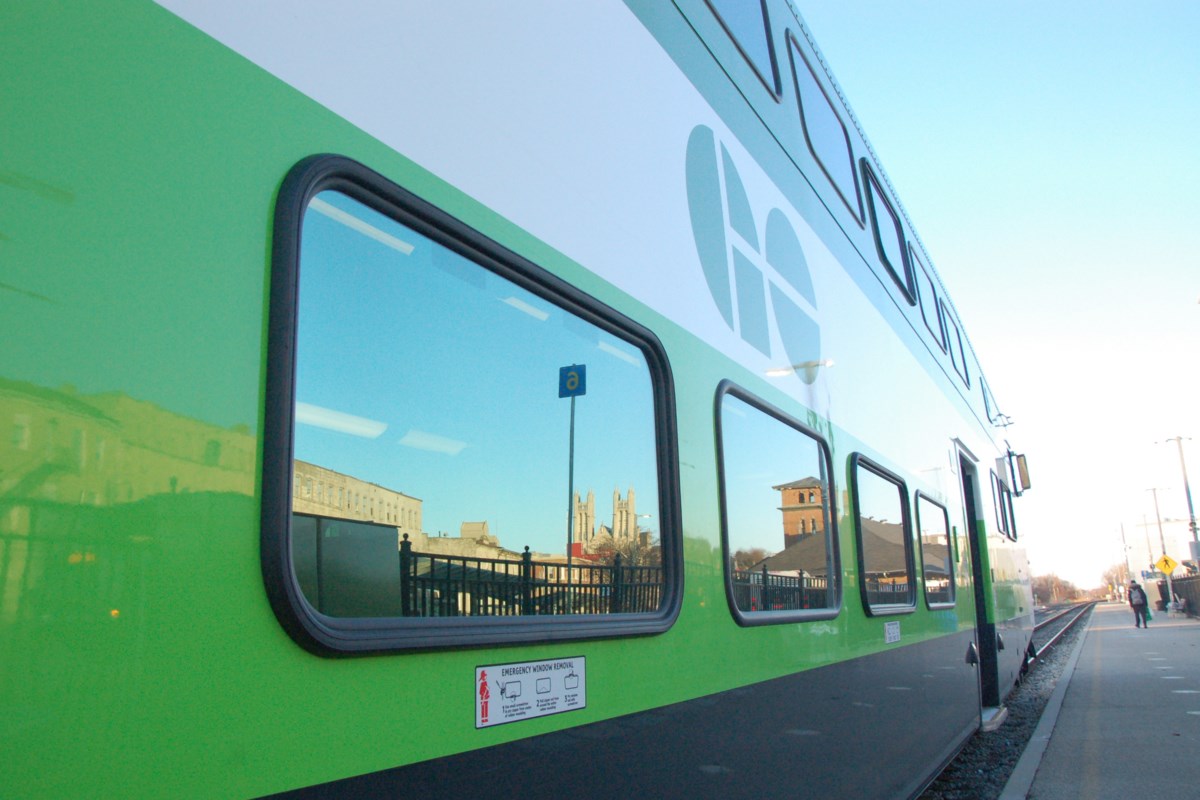reinventingthewheel
Active Member
Looks fine on aerial but in reality that’s a big descent from UofG to Guelph central on Gordon St, up to 6%. It’s also an awfully slim ROW. If the university ever requires a higher order connection to downtown, it will likely need a new east/west ROW.The only path that makes any sense to me would be Stone Road and Gordon Street:
Since this is a Guelph related thread I’ll share one fantasy alternative: a transit ROW extending from Wyndham St at York Rd, through Cutten Field golf course, to meet College Ave and Lang Way, where trips would continue on towards the University bus loop.





